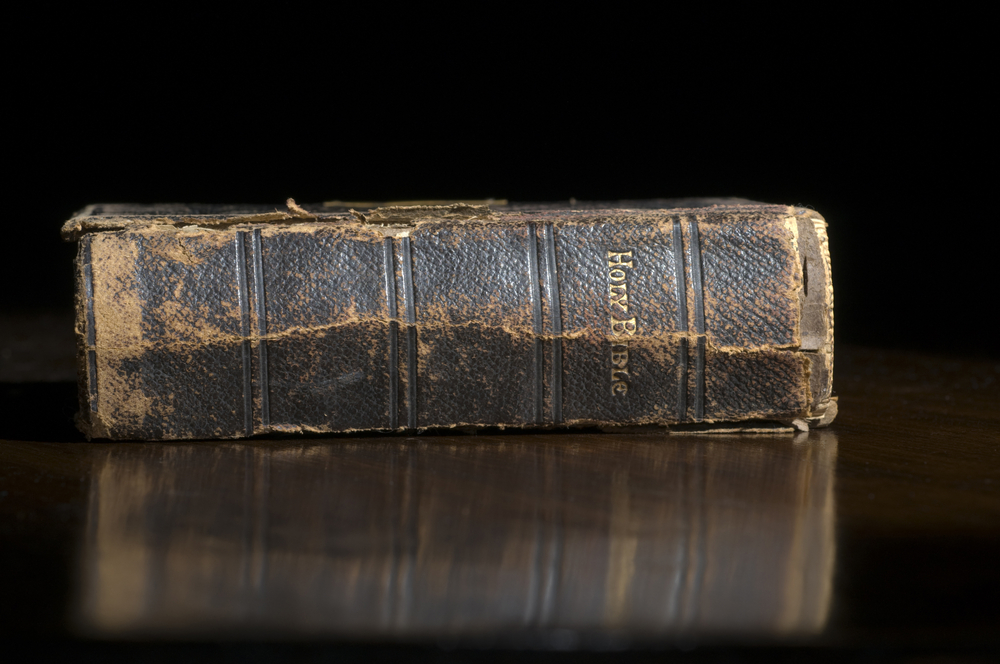UV Light Unveils Forgotten Gospel of Matthew Translation
Others are reading now
In the world of ancient manuscripts, scholars often come across texts that have been altered or erased.
This technique, called palimpsest, involves carefully scraping off the original writing to make room for new text, writes WP.
The ancient Romans, among others, used this method. Recently, a Bible study by Grigory Kessel from the Austrian Academy of Sciences uncovered an exciting discovery using UV light and photography.
Kessel’s research involved a Bible manuscript that had multiple layers of text, some of which were hidden.
Also read
By shining UV light on the manuscript and taking photographs, Kessel was able to uncover traces of up to four layers of text.
The topmost layer remains intact, but the other three have been erased. What makes this discovery so significant is that these layers included ancient translations of the Gospels.
These translations date back to the sixth century AD and were originally written in Greek.
The manuscript Kessel studied comes from an area that is now part of present-day Palestine.
One of the most intriguing aspects of the discovery is the “hidden chapter” found in the Gospel of Matthew.
Chapter 12 of Matthew, in this newly discovered translation, is different from the versions previously known.
While the oldest known Greek translation simply mentions Jesus gathering grain in a field, Kessel’s find reveals that the Syriac version included the detail that Jesus rubbed the grain in his hands before eating it.
This new interpretation sheds light on how the Gospel of Matthew may have been understood in a different context.
The technique Kessel used, ultraviolet photography, is well-known in manuscript studies. It allows researchers to uncover texts that were previously hidden beneath layers of erasure.
This method has proven invaluable in revealing forgotten chapters of history and offering new insights into ancient religious texts.


